Irish American Genealogy – Tips from a US Genealogist
Irish American Genealogy research can be made so much easier when you gather as much local information as possible before heading back to Irish records. We speak to a US-based genealogist.
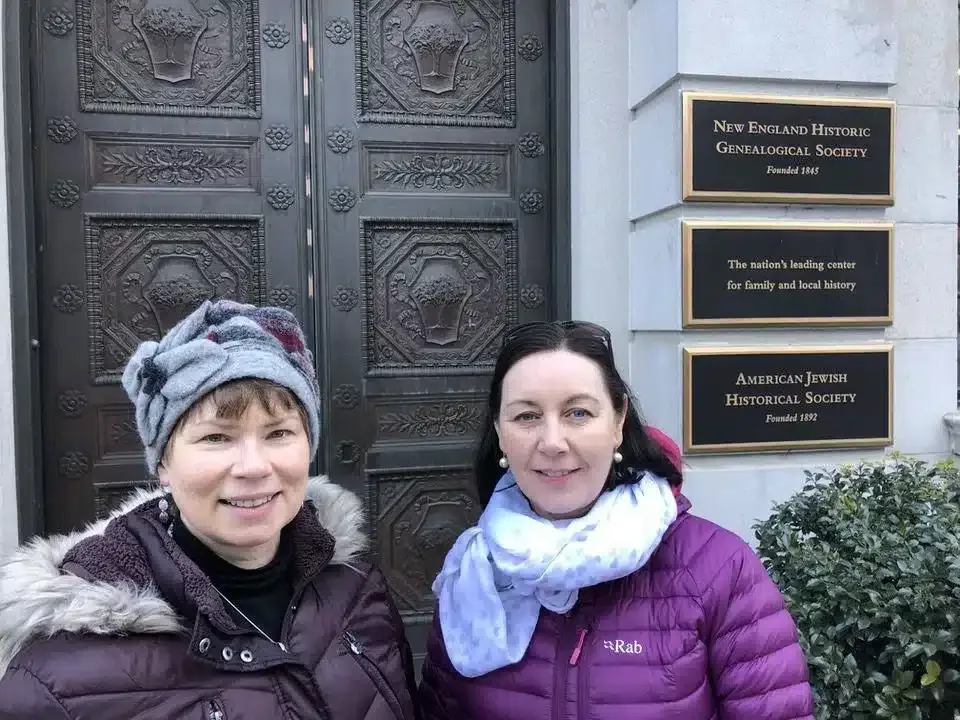
In 2018, we travelled to the north-east of the US where we were invited to speak at a combined NEHGS/TIARA conference in Boston. Our host was Pam Holland, a US-based genealogist and vice president of TIARA at the time (The Irish Ancestral Research Association). She was also a very helpful member in our Green Room and is now the Green Room’s resident US based genealogist.
While in Boston, we thought it would be a good idea to chat with Pam about her work as a genealogist – especially the aspect of researching Irish ancestors after their arrival in north America. So, join us now as Mike chats with Pam in her home just outside Boston – and get an insight into the approaches of an American genealogist at work on Irish ancestry research. The following is an edited transcript of our spoken conversation…
Our Conversation with a US Genealogist
Mike: Can you tell us a little bit about where we are at the moment?
Pam Holland: We’re in Swampscott, Massachusetts, just north of Boston. It’s where I’ve been living for the past two years.
Mike: We went for a walk this morning and it’s an absolutely beautiful area. You’re not actually from here originally, are you Pam?
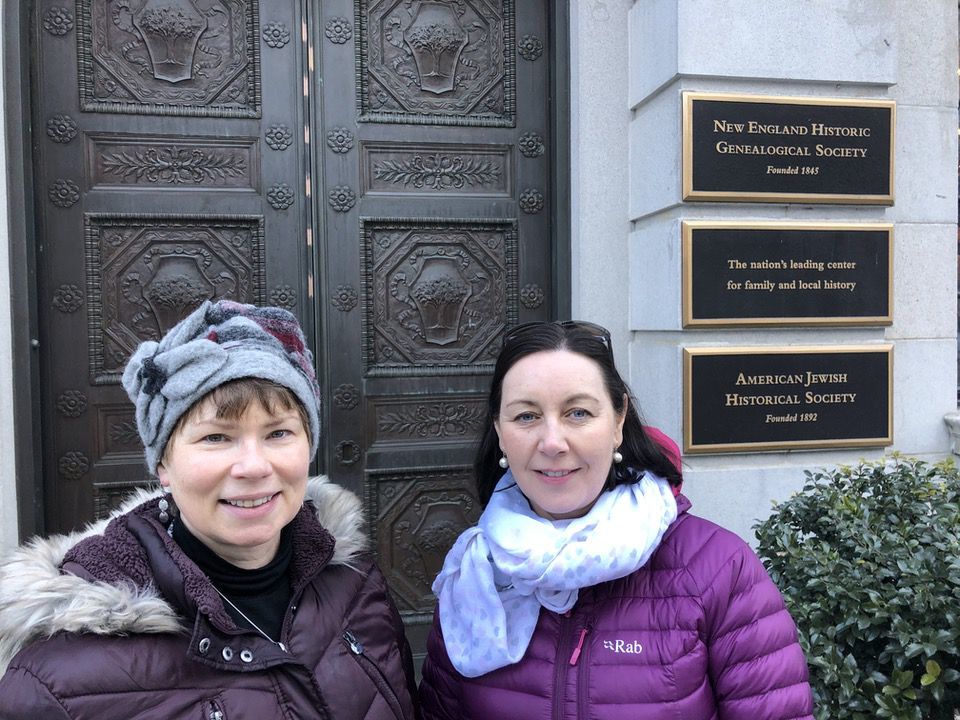
Pam: No, I was born in Ohio, but grew up in West Virginia. After college, I moved to the Boston area for work. While I was in graduate school, I met my husband, and have been in the Boston area, more or less, since then.
Mike: And that’s how you acquired the Holland part of your surname?
Pam: Indeed. My husband, Ian, was born in Ireland. He came over here to attend graduate school.
Mike: And the rest is history!
Mike: I’d like to ask a few questions about your experience in genealogy here in the US and also focus in upon Irish American genealogy research from a US perspective.
Pam: Sounds good.
Mike: Great. Well, for starters I know that you are vice-president of “TIARA” – “The Irish Ancestral Research Association” – based here in Boston. Can you tell us a little bit about what TIARA is, please?
Pam: Well, it’s a group that started in the Boston area about 35 years ago. A number of people that were interested in researching their Irish ancestry started the organization as a genealogical society. We have monthly meetings and we bring in speakers and do workshops. We have about over 400 members currently, from all over the place, not just the Boston area.
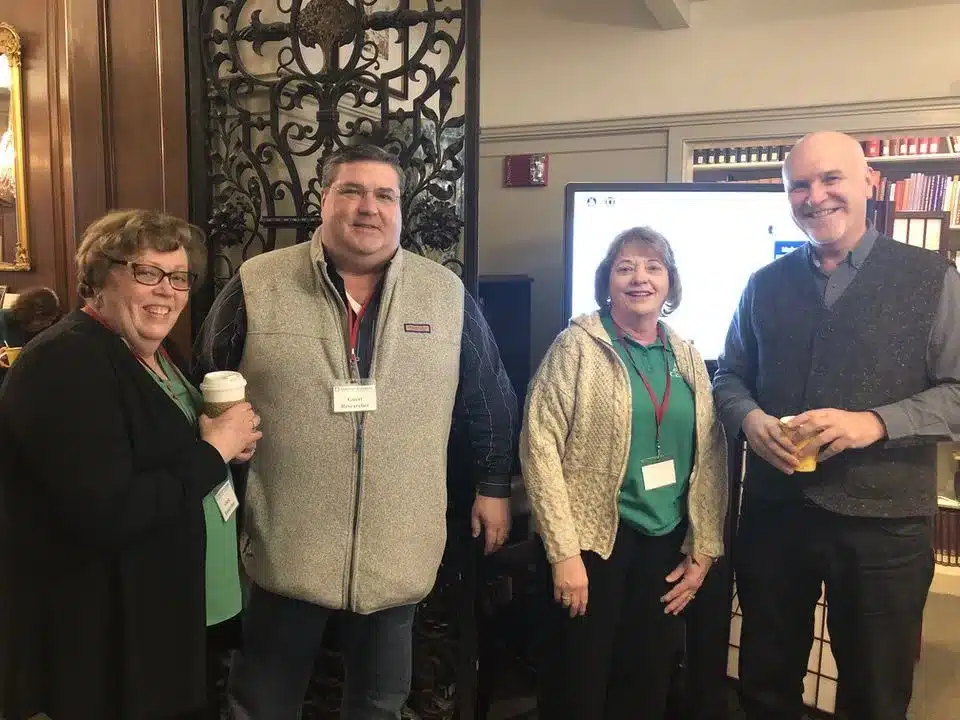
Mike: What attracted you to join TIARA in the first place yourself?
Pam: I had been doing a lot of researching for my husband’s family, as I mentioned he’s Irish. I wanted to learn how to be a better genealogist and how to do Irish research – came across them and really liked their speakers and the people, and just got more and more involved.
Mike: OK – let’s step back a little bit. What got you into genealogy in the first place?
Pam: I was a computer programmer many years ago. When my dad was still alive, I was interested in finding out about his ancestry and did some research for him. That’s when I got hooked and started doing more and then got interested in my husband’s family and then learning more about my own background, and it just kind of snowballed and that’s where I am today.
Mike: When one of our readers wants to research their Irish ancestral lines here in the US – or any country outside Ireland – do you have tips on what people should do BEFORE they reach back to Ireland?
Pam: Yes. It’s really important to start by looking at what information your family may already have. Memorabilia of all sorts, family bibles, stories that have been around forever within your family that link an ancestor back to a particular place in Ireland.
Also, I think a lot of people neglect going to cemeteries and looking at the actual headstones. It’s interesting the things that are written on those headstones things you may not have known about a person.
Mike: So, it could be a connection with somebody else, or it could be something, giving a townland name, or it could be a lot of different things.
Pam: Yes. Sometimes a headstone will have a parish or a townland name. Sometimes it’s confusing because you don’t recognize the name because it’s been phonetically spelled – but sometimes you can use that as the clue to figuring out.
Mike: So, push the records aside for a moment, open the front door, walk out and look at some physical stuff or talk to some physical people.
Pam: Interviewing older family members too is very important.
Mike: That is so true. Back in Ireland there are a lot of people who aren’t interested in “genealogy”. However, the amount of information they contain in their heads on family connections and stories is complete gold. You often have to ask exactly the right question at the right time to get at this information. I guess it’s the exact same over here?
Pam: Yes, it is. It is. There are lots of stories, maybe something that an aunt passed down. Sometimes these stories don’t sound quite right, but usually there’s something that’s true in there that you can pick out and work with.
Mike: We were chatting earlier about different cases and different individuals you would have worked on – and there was a particular guy in… I think it was Pennsylvania, was it? Can you tell us a little bit more about what happened in that particular case?
Pam: Well, that was interesting because the family was living in Pennsylvania and it was kind of obvious from the records that the couple had been married before they came to the US and had at least one or two children born in Ireland, but we didn’t have any idea where in Ireland they came from.
We looked at all of the records available – they were in fairly early in Pennsylvania – so there’s not a lot of records around for the 1820 and 1830s. Just some census records that did not have very useful, vital information.
Then we started looking at the land records. In one of the land records for the couple, it turned out that they had gotten the land from the wife’s line. Her father had died and left land to each of his children. In this land record, it detailed exactly what bits of land went to which children.
We discovered that the father of the wife had arrived in Pennsylvania from Ireland before the couple had come over, and they came over because they had inherited this land. Based on the information, we were able to find a passenger list with the whole family arriving – and luckily it said they were from County Antrim.
Mike: What a great result. It’s also interesting because you seem to have experienced quite a lot of luck and I’m sure luck pursues you when you start to dig in a bit. However, I know you’re a professional genealogist – is this the sort of result that an amateur researcher could have done just as easily?
Pam: Well, in this case, they could have because these land records are often digitized and available online. They’ve made microfilm copies of these land records many years ago – you can actually page through them as if you’re scrolling through the microfilm. However it takes some work -you don’t plug in a name and just find it.
Mike: You remind me of genealogists I know back in Ireland almost every time they go back to the land records and then start to connect forwards and backwards with wills and so on.
Another thing that ties a family or individual to a place are the census records. Can you talk a little about the census records here in the US and the usefulness of these records when trying to link an ancestor back to Ireland?
Pam: I find it very useful to look at where a family was living in the census records- and also look a page or two before and after in those records at other families living on the streets near them.
Mike: What are you looking for in that case?
Pam: Well, you’re looking for more Irish people or you’re looking for people that might have the same surname and you’re looking for these communities of people, because they didn’t just come on their own. They came because someone said, “Come” or they knew that there were people from their same town maybe, in Ireland, living in a particular community. So that’s why it is very important to identify these potential links between neighbours in the census.
There was a kind of “chain migration” once a beachhead was established. Also, particularly from the early 1800s back, entire Irish townlands were transplanted over as a landowner may have had an interest on both sides of the ocean.
Mike: I think that’s fascinating because we always give advice to go wide before you going back further in the records.
Pam: Yes, as I mentioned sometimes communities in a census reflected a particular place in Ireland – for example, Corktown in Detroit. If your ancestors were living there it’s a good clue that they were from somewhere in County Cork.
Mike: I know that you recently discovered a very strong, personal link to Ireland – not just through your own husband?
Pam: Right. I discovered that one of my fifth great grandparents is from Ireland – I had been looking for years trying to find my Irish ancestry. I have a lot of German and some English, but never really could find any Irish. Now, it turns out that I’m 1/128th Irish!
Mike: Congratulations. And can you give us the name of that person or a surname?
Pam: Her name was Anne Jack – she was in Pennsylvania in the early 1700s and married to someone that fought in the Revolutionary War. I have some more work to get back further, but she was probably from one of the counties in the north of Ireland.
Mike: That’s an unusual surname too, isn’t it? The name typically arrived in Ireland from the 1500s from England or Scotland and settled mostly in either counties Antrim, Tyrone or Donegal – so there’re a few possibilities!
Pam: Cool – that is great to know!
Mike: Thank you very much Pam, I really appreciate your time.
Pam: Well, thank you too!
Mike: Thanks to Pam for those tips – especially on what to look for locally before making the research leap back to Ireland.
A Summary of Pam’s Tips:
- Start by thoroughly searching through the obvious records: birth, marriage, death records etc.
- Look for clues to be gained from family memorabilia, dates in a Bible, scrapbooks or notes kept by the family.
- Speak to older members of the family and interview them while you can. Don’t let it go too late. Their stories may contain some incorrect details, you’ll always find some grain of truth or clue there.
- The graveyard visit. That brought a smile to my face because I know many of our members like to visit graveyards, but I’m sure in America reading the headstones, you can often get a clue back to where the person came from in Ireland, maybe a county or a parish mentioned there on the headstone that might not have been discussed previously. And watch out, as Pam says, for the spellings. It can often be a misspelling or phonetically spelled, but don’t let that put you off.
- Local census records – check the pages, maybe one or two before the surname you’re looking for or one or two pages after, as we know the Irish people like to follow in groups from a certain area, chain migration. You may find a valuable clue that has been missed previously to link your ancestor back to Ireland.
- I think my favourite of Pam’s tips was that one about Corktown. I mean, coming from Cork, I had to laugh when I heard her say, “I wonder where the people that were living in Corktown had come from in Ireland.” Well, no prizes for guessing that, I’m sure.
We were thrilled to have Pam share her work with us – and also thrilled when shortly after this interview, Pam agreed to become our US-based genealogist in the Green Room. She now works alongside Irish-based genealogist Jayne McGarvey to help our Green Room members break down their Irish ancestral brick walls.
I hope readers that you have noticed some tips to help reinvigorate your research in your own country before you try hopping back across “the pond” to Ireland.
That’s it for this week – if you would like to ask a question or share the surnames and stories from your Irish family tree – do leave a comment below and let us know.
Slán for now,
Mike & Carina.

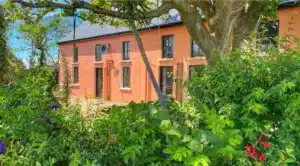
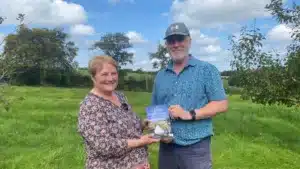
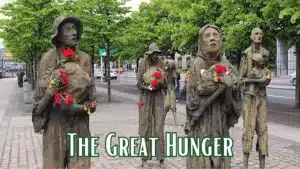
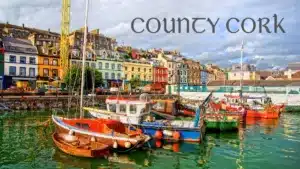
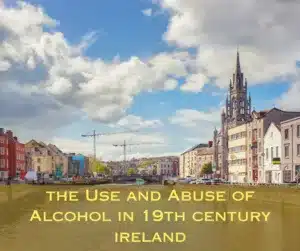
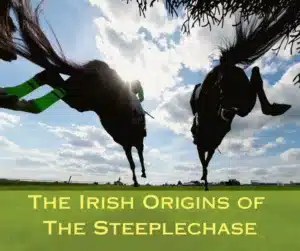
Only Plus Members can comment - Join Now
If you already have an account sign in here.